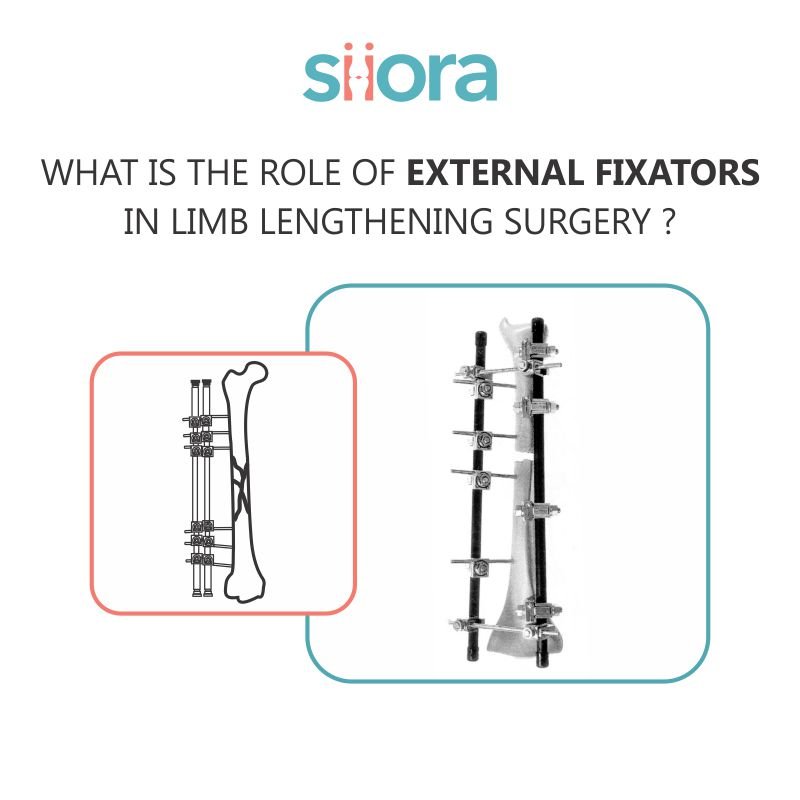Surgical removal of hardware for internal fixation of broken bones is one of the most often performed orthopedic surgeries in the western world. A total of 180,000 hardware removal surgeries were performed in Germany in the year 2010. This makes it the 4th most common surgical process in orthopedic surgery after fixation of the surgical fracture, arthroscopies as well as intervertebral disc interventions.
There is a constant debate concerning the justification of elective surgical orthopedic metal implant removal. The indication for Trauma Implant removal is unquestioned in patients with infection at the surgical site, metal allergy, soft tissue compromise or failure of the osteosynthesis.
However, the advantages of relative indications like the intended improvement of function, pain sensation or foreign body, the spatial limitation for future surgical processes or plainly the desire of patient for hardware removal haven’t yet sufficiently been explored in detail.
In a study by Hanson in 2008 which surveyed 730 attendees of the Masters Course of Operative Fracture Treatment and AO Principles in Davos, Switzerland, 380 of 655 surgeons (58%) didn’t agree that routine implant removal is essential and 48% felt that removal is riskier than leaving the implant in situ. This possibly was mainly influenced by numerous complications which may occur during and after operative metal implants removal.
Commonly observed complications after hardware removal are impaired wound healing, infections, tissue and nerve damage, refractures and post-operative bleeding or an unfinished removal. There is some proof indicating that the postoperative complication rate relies on the specific localization of the implanted material. Though, inter-individual differences are significant as well as published data still lacks consistency. Thus, general recommendations can’t yet be established.
The satisfaction of patient after implant removal is related to the associated complications of surgery and the risk to reward equation needs thorough investigation and evaluation based on factual data.








